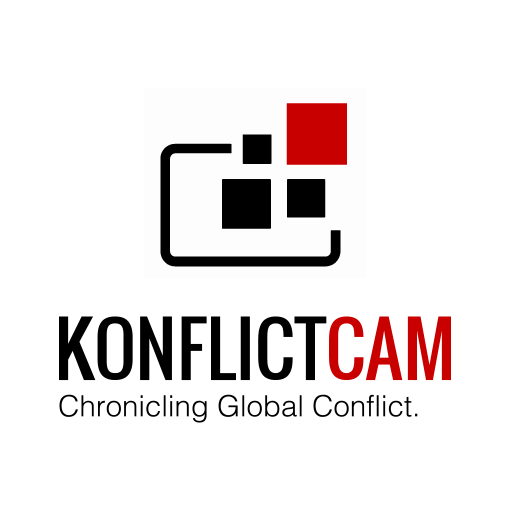Photography: accurate evidence, or simply another manner for perceiving or manipulating reality?
Posted on 2017-10-14 13:56
Eduardo Martins. This name likely means little to most readers, but to those who follow news around conflict photography this name is becoming increasingly infamous. Martins claimed to be a conflict photographer, working in countries such as Iraq, Syria and Gaza, and images he purportedly took featured in major news outlets including BBC Brazil, Le Monde and The Wall Street Journal. His Instagram account, which has since been deleted, had over 120,000 followers. What was Martins’ weapon of choice in fooling the world? Flipping images along the vertical axis, and cropping them slightly. Through this simple move, he fooled search engines and systems designed to verify images, mainly because no one in a major news organisation has ever considered it could be quite so simple to produce faked images of conflict zones.
One of the biggest issues faced when working with photographs is establishing their authenticity. It’s not simply a case of establishing the photographer, the location and what the photograph appears to show, it is also a case of establishing whether this information is truly genuine. Even if the image is genuine, the captions or other information accompanying it may not be.
A large part of the problem is this; photography is inherently perceived to be “accurate” or “genuine.” This has been the case since its inception in the 1830s and 1840s. In an 1840 edition of the Cincinatti Daily Chronicle, it was labelled as “perfection [that] is unapproachable by human hand and its truth raises it above all language, painting or poetry.” Given that from its earliest conception photography was already being viewed as a manner through which to produce a perfect rendition of the subject material, it is hardly surprising that this issue has continued.
This willingness to believe in photography is at least partially based in truth; whilst you can trick or manipulate a camera, or edit an image after the fact, ultimately whatever is in front of the lens will be reproduced and captured when the camera is utilised. As such, the actual product of the camera is indeed an accurate and truthful rendition. This however assumes that the photographer will tell the truth about the image, or that whoever purchases or finds the image elsewhere will also tell the truth.
Given that conflict photographers are often affiliated (however loosely) with an ideology or agenda when conducting their work, it is hardly surprising that conflict photography is often very hard to verify. As has already been noted, it is astoundingly easy to trick most individuals as they inherently trust the photograph and the information with it.
As well, the lay-observer is rarely in a position to actually verify an image themselves as it can often be a time consuming and complex process. As a photograph, like any other piece of visual art, can be manipulated or changed or even posed, photographs are no more fool proof when it comes to presenting reality than any other method.
As well, with the rise of citizen journalism through images taken on mobile phones or cheap cameras, the number of images available is astounding. Many of these simply end up on social media, and are often posted or reposted by individuals who may not fully understand the combatants or what they have observed.
However, that is not to say that the photograph holds no value, or that the photograph cannot be of use even when it has been edited or presented alongside misleading information. Nor is that to say that the true origins of an image cannot be discovered. For all the difficulty involved, in the hands of experts who are willing to invest their time in discovering the origins and veracity of an image, it is still achievable.
This, to us, is one of the crowning achievements of Konflictcam and our team of dedicated volunteers. Whilst a news organisation may not have the time or resources at any given moment to ascertain whether an image is real or not, verification is instead a major part of the Konflictcam ethos. It is our belief that in order to display a photograph within our archive, we need to ensure that the information accompanying the photograph is correct. To that end, we moderate our archive intensively, as well as allowing individuals to report photographs in our collection to the moderation team if they believe an image is being incorrectly attributed or described. In our eyes, the most important aspect of our work at Konflictcam is to ensure that the public is not misled in what is already a confusing world filled with myriad pieces of information.

